In the western area of Mo Duc commune (Quang Ngai province), in previous years, large areas of forestry land were mainly used by people to grow raw acacia. Most of this wood was sold to chip-making facilities or imported raw to businesses in Dung Quat Economic Zone. Although it brought in a certain income, the economic value from exporting raw wood was still limited, depending on the market and price fluctuations.

Currently, Mr. Sa has built a raw material area for growing tissue-cultured eucalyptus with an area of about 600 hectares in the locality to supply the processing factory. Photo: LK
Realizing the economic development potential of veneer production, 5 years ago, Mr. Vo Duy Sa (residing in Mo Duc commune) pioneered the establishment of Hung Nguyen wood processing factory in the locality, making the most of the abundant available raw materials, while creating a closed value chain from planted forests to finished products. Determined to build a modern production model, Mr. Sa boldly invested more than 4 billion VND to equip advanced machinery lines.
Not only investing in infrastructure, he also researched converting crops from acacia to tissue-cultured eucalyptus to improve productivity and wood quality. “Previously, growing acacia did not bring high income, I visited models in Gia Lai and Dak Lak and realized that tissue-cultured eucalyptus trees gave superior productivity and quality. From there, I decided to convert the entire area to eucalyptus and saw clear results,” Mr. Sa shared.
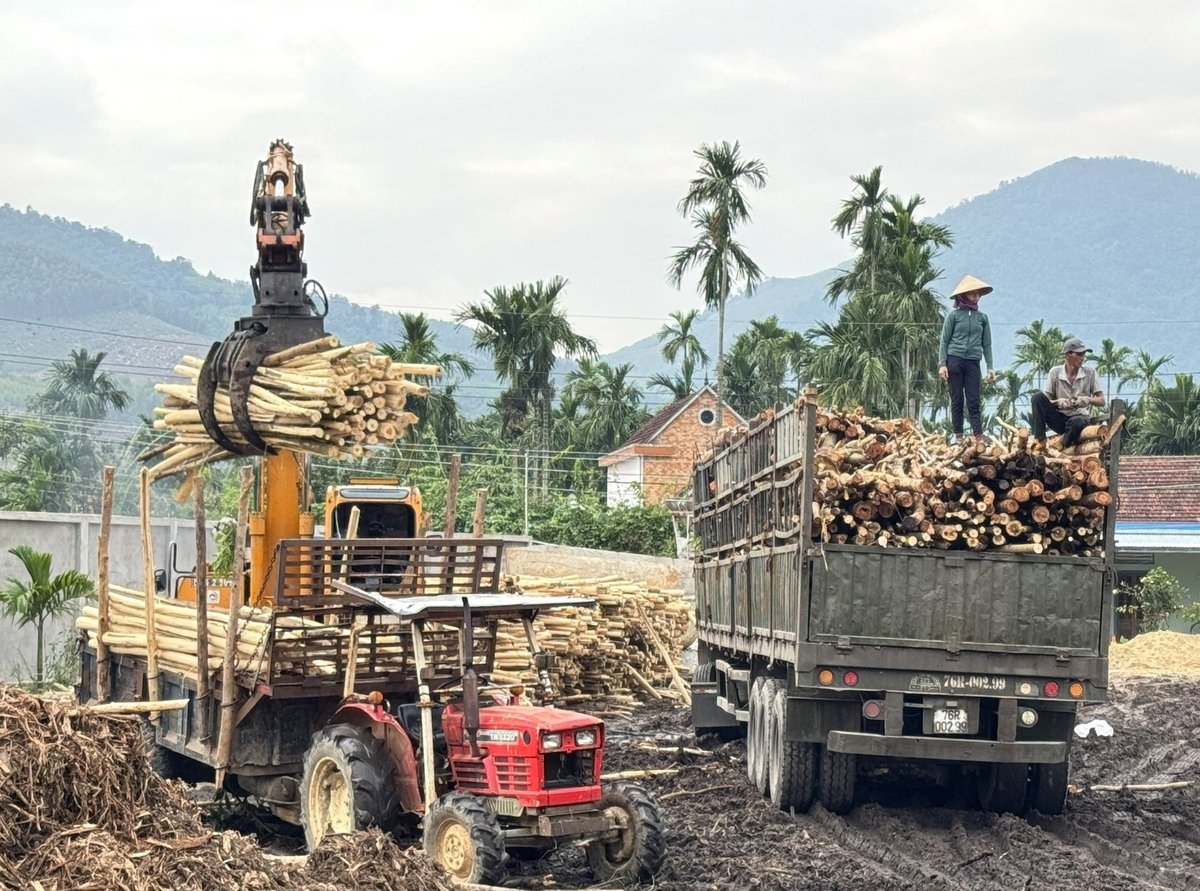
Planting eucalyptus forests to supply processing factories not only guarantees output but also has stable purchasing prices, independent of the market. Photo: LK
According to Mr. Sa, the advantages of tissue-cultured eucalyptus trees are that they are less susceptible to disease, have good resistance to storms, have stable prices, and are less subject to competition from purchasing units. In addition, the weight of eucalyptus wood is larger than that of acacia wood: for the same area of 1 hectare, after 5 years, a eucalyptus forest yields about 140-160 tons, while acacia wood only reaches 120 tons. In addition, eucalyptus wood does not need to be peeled before selling, helping growers save on labor costs and increase economic efficiency.
Hung Nguyen veneer processing factory is currently operating stably, processing an average of 30 tons of wood per day, supplying the market in the southern provinces and cities. 100% of raw materials are taken from locally planted forests. To create prestige and ensure stable output, all production stages are closely monitored, from selecting input wood to instructing workers on peeling and sawing according to technical standards. Mr. Sa directly directs and guides, helping workers grasp the process quickly, ensuring efficient machine operation, avoiding waste and damage to wood during processing.
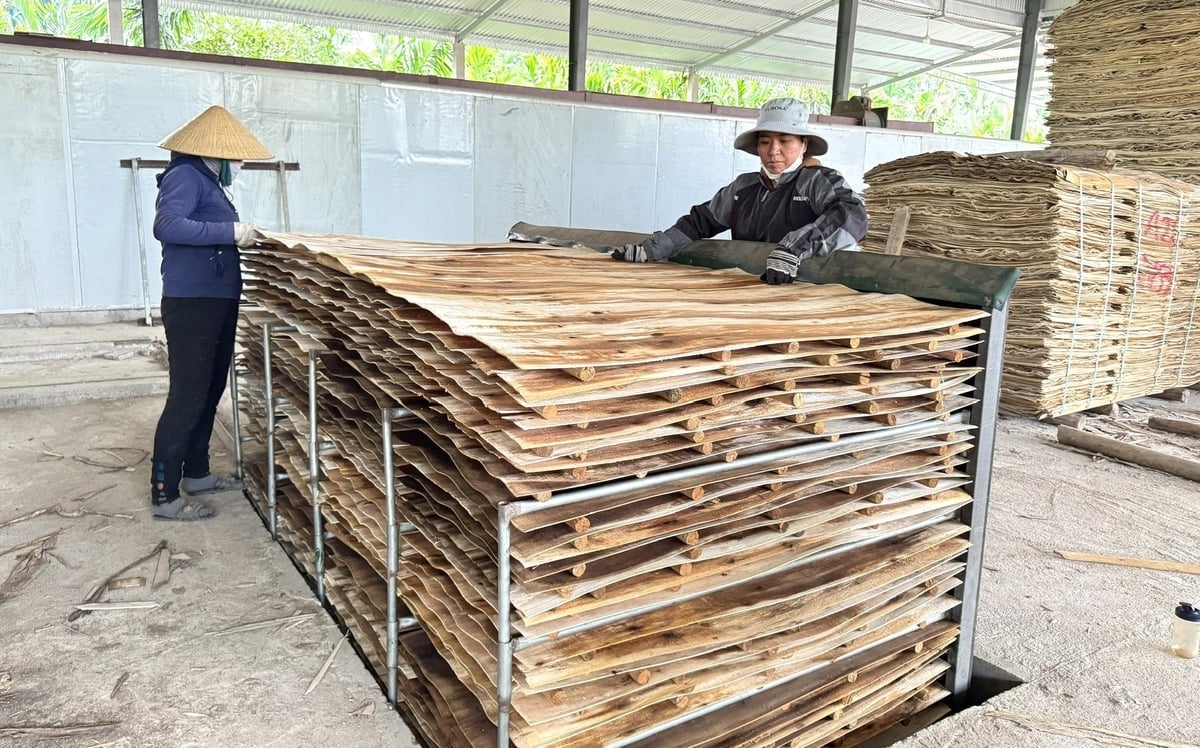
Currently, Hung Nguyen wood processing facility not only helps forest growers improve economic efficiency but also creates jobs with stable income for more than 20 local workers. Photo: LK
Regarding raw materials, in addition to 200 hectares of family forest and land rented from local people to grow eucalyptus, realizing the economic efficiency, many local households have also converted acacia to eucalyptus. Currently, about 80% of the local forest area (more than 600 hectares) has been converted to eucalyptus by local people and Mr. Sa has committed to consuming all products. Thanks to that, the model not only helps him proactively source raw materials but also encourages farmers to participate in the sustainable production chain.
Stable production activities bring Sa's family an income of 200 to 300 million VND per year. At the same time, the factory creates jobs for about 20 local workers, with an income of over 6 million VND per month. Many long-term workers appreciate the stable job, improved life, and convenience because it is close to home. Mr. Huynh Thanh Thien, a worker at the factory, shared: "The job is enough to cover living expenses, close to wife and children, stable salary, so we are very secure in working long-term."
According to Mr. Sa, the factory is currently operating at a low level due to limited raw material sources. It is expected that after 1-2 years, when the eucalyptus forest area is ready for harvest, he will continue to invest in more machinery, expand the production scale, create more jobs and stable income for local people. He also plans to implement training courses on forest planting techniques, care and sustainable exploitation, helping people increase productivity and ensure wood quality, thereby having a long-term attachment to his homeland.
Mr. Sa’s model has demonstrated the effectiveness of linking production, processing and market. Not only does it create higher economic value than selling raw wood, the workshop also promotes the transformation of the agro-forestry economic structure, creates stable jobs and improves people’s lives.
Source: https://nongnghiepmoitruong.vn/nang-cao-gia-tri-tao-thu-nhap-on-dinh-tu-rung-trong-d783801.html





![[Photo] Highways passing through Dong Nai](https://vphoto.vietnam.vn/thumb/1200x675/vietnam/resource/IMAGE/2025/11/12/1762940149627_ndo_br_1-resize-5756-jpg.webp)

![[Photo] Prime Minister Pham Minh Chinh attends a conference to review one year of deploying forces to participate in protecting security and order at the grassroots level.](https://vphoto.vietnam.vn/thumb/1200x675/vietnam/resource/IMAGE/2025/11/12/1762957553775_dsc-2379-jpg.webp)


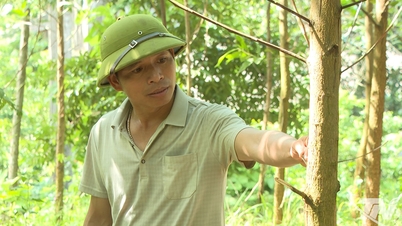

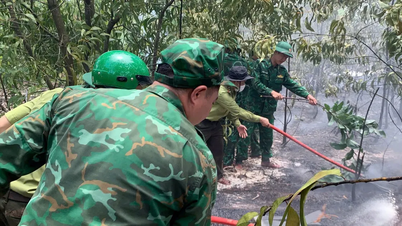


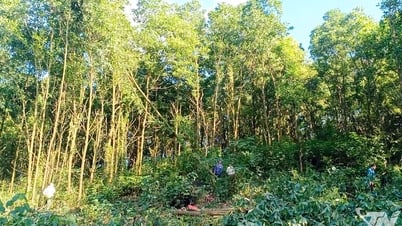
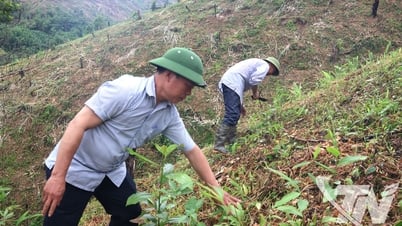
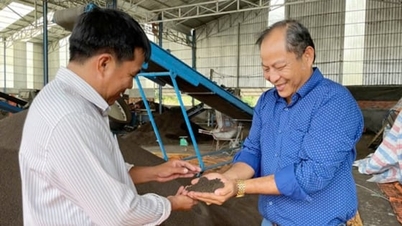


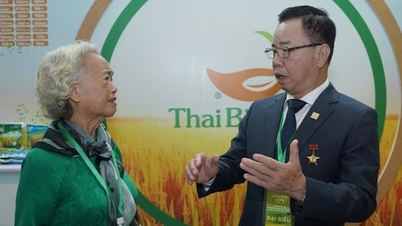
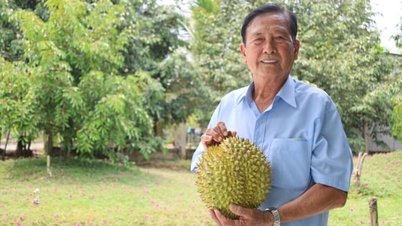





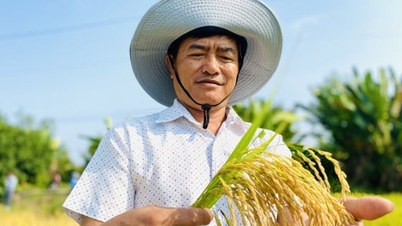
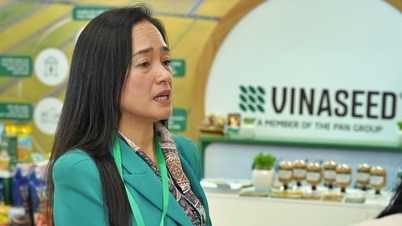












































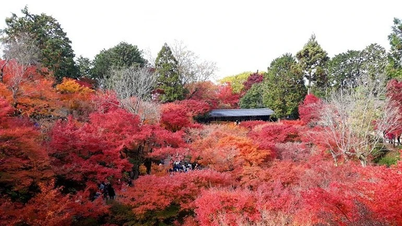









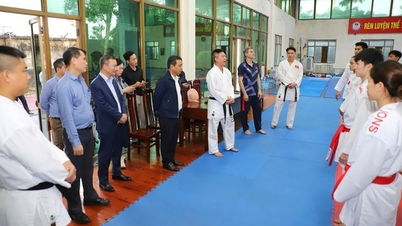









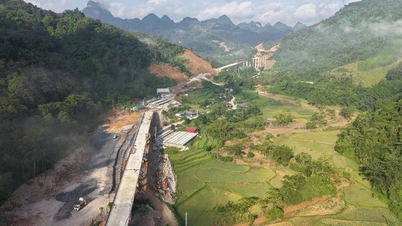
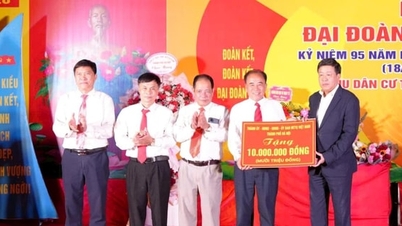

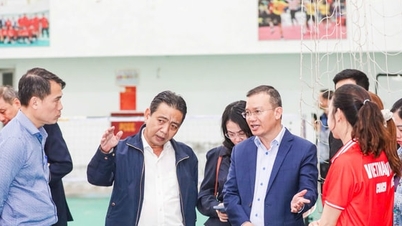






![Dong Nai OCOP transition: [Article 3] Linking tourism with OCOP product consumption](https://vphoto.vietnam.vn/thumb/402x226/vietnam/resource/IMAGE/2025/11/10/1762739199309_1324-2740-7_n-162543_981.jpeg)





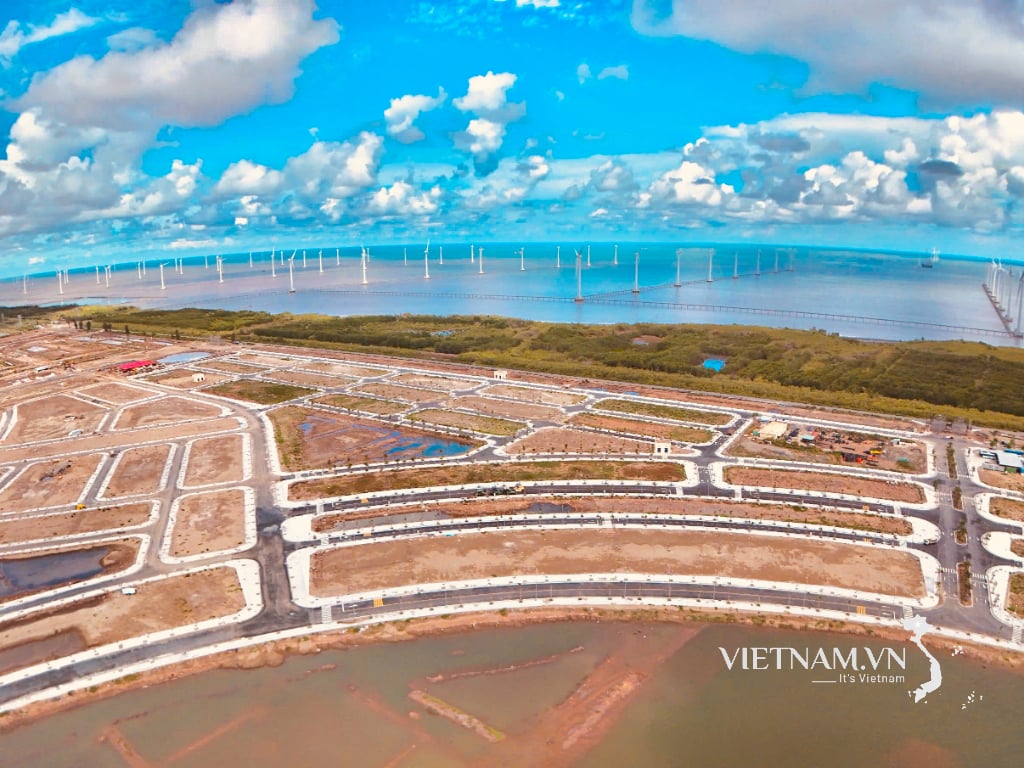
Comment (0)